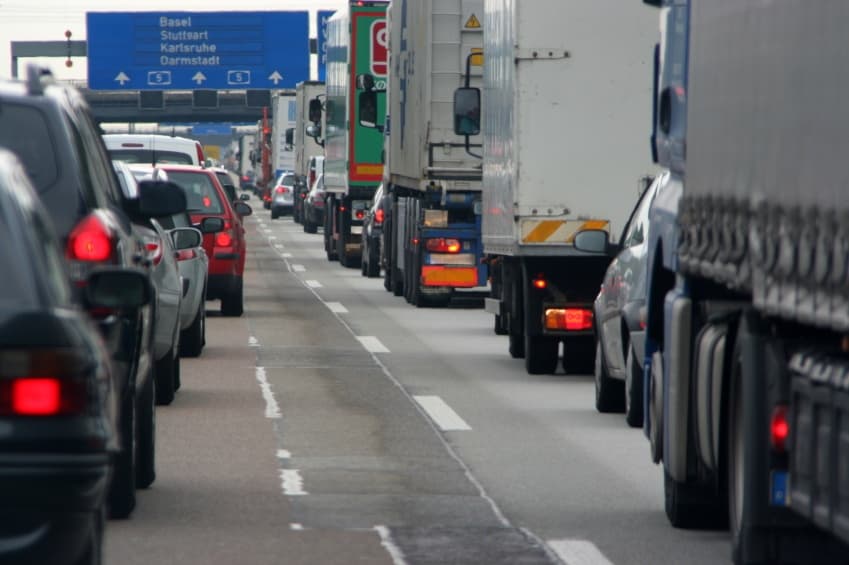Control Environmental Workplace Hazards

As regulatory and legal constraints continue to adversely impact the motor carrier industry, today's trucking executives must explore new risk management approaches to protect the organization's assets and profitability. Preventing or mitigating personal injuries is crucial in controlling the ever-increasing workers' compensation costs.
Ergonomics is the study of a worker's relationship to his or her job environment. In designing tasks to fit workers, ergonomics considers various disciplines including engineering, physiology, biomechanics, etc.
Ergonomics must always be considered when assessing workers' safety. The work environment exposes workers to various hazards including material handling, repetitive motion, workplace design, work processes, materials, tools, equipment, air quality, noise, vibration, lighting, color, comfort, morale, and housekeeping among others.
Occupational maladies have afflicted workers for centuries. *Early in his career, Italian physician Bernardino Ramazzini (1633-1714) focused his studies on occupational diseases. In his book, "De Morbis Artificum Diatriba {Diseases of Workers):' Ramazzini addressed health hazards in the workplace associated with chemicals, dust, repetitive motions, odd postures, violent body movements, and other factors that could cause injuries and/or diseases.
To prevent personal injury from exposure to environmental factors, hazards must be identified. A survey of the workplace will reveal manual, material-handling tasks, e.g., reaching, bending, and twisting motions; lifting and lowering tasks; push-pull tasks; stooping and poor posture; repetitive motion tasks; bulky, heavy, or hard to handle objects; unnecessary tasks and tasks performed more frequently than necessary; housekeeping and cluttered conditions; etc.
Once identified, hazards can be addressed using traditional risk management techniques. An ergonomic approach could include elimination of unnecessary jobs, use of mechanical equipment in performing the task, or reducing the frequency and severity of the task. Work modifications could be introduced to eliminate or reduce bending motions, twisting motions, reaching motions, lifting and lowering, the amount of weight handled, pushing and pulling forces, and carrying forces. Administrative controls including policies, procedures, and training should always be used in conjunction with engineering controls and/or personal protective equipment.
There are a variety of risk management techniques that can be used to control hazards, but the most important technique is to ensure prospective workers are physically and medically capable of performing tasks associated with the job. Ramazzini's studies led him to recommend that fellow physicians always ask the question "What is your occupation?" With this in mind,
Medical Examiners {ME) performing physical examinations should be made aware of the factors affecting workers' health. Providing the ME with a detailed job description is an excellent method of communicating the requirements of the job. An expanded physical that includes range of motion and force application tests should be considered by every employer. The cost of additional testing may be minimal compared to the cost of a workplace injury.
Questions about the article? Contact Great West Casualty Company here. For questions about truck insurance, click here or click below to find an agent.




